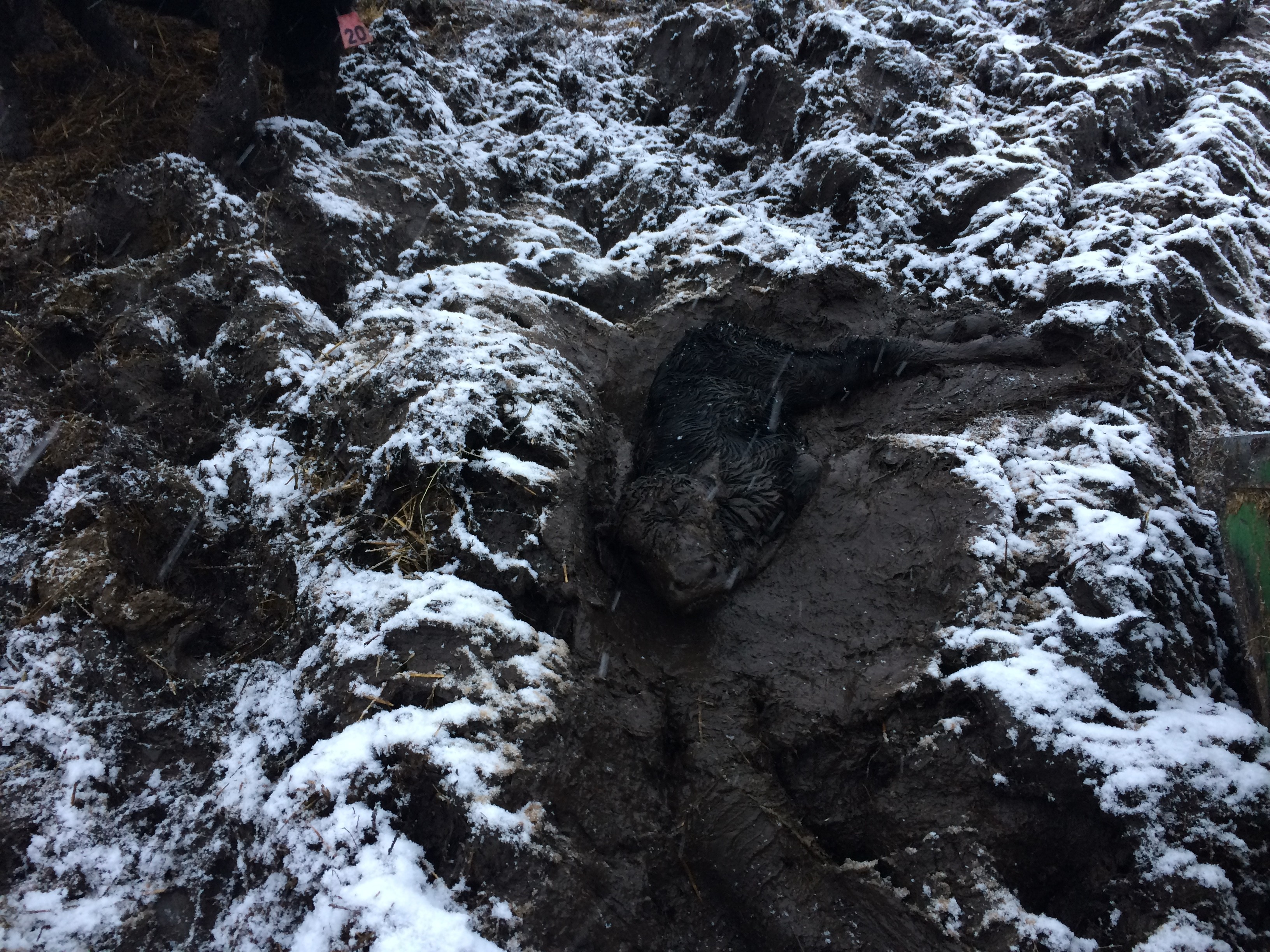We're at three weeks of mud that just keeps getting worse. We've burned up more straw/ bedding in these three weeks than the past two years and the yearlings are out in the bush not getting any through this. Rained yesterday and snowed today with the forecast calling for three more days of it. I know we have lost one calf in it that we can't find and almost had another today. Cow missed the bed by twenty feet. 
Can't drive a quad or even hardly walk through it anymore and this is on top of a hill. Hope it gets better soon...

Can't drive a quad or even hardly walk through it anymore and this is on top of a hill. Hope it gets better soon...
Comment